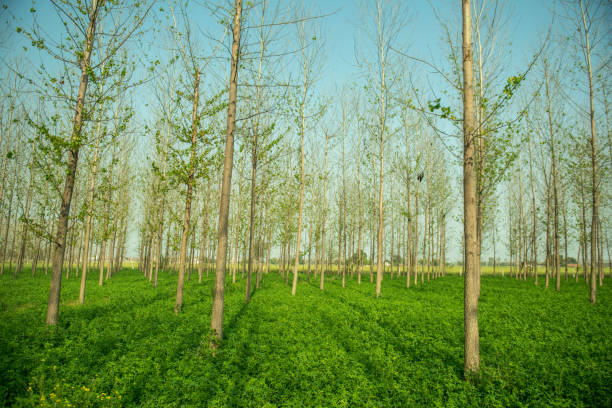Free Courses Sale ends Soon, Get It Now


Free Courses Sale ends Soon, Get It Now



Disclaimer: Copyright infringement not intended.
Context
Agroforestry
Types of Agroforestry in India
There are five basic types of agroforestry practices today: windbreaks, alley cropping, silvopasture, riparian buffers, and forest farming.
Steps taken
Issues of agroforestry in India
Way ahead
|
"Modus vivendi" is a Latin phrase that translates to "way of living" or "mode of life" in English. It refers to an arrangement or agreement reached between parties with differing views or interests, allowing them to coexist or work together peacefully despite their differences. |
Source: https://epaper.thehindu.com/ccidist-ws/th/th_international/issues/79719/OPS/GASCLC56G.1+GRQCMFTM1.1.html
|
PRACTICE QUESTION Q) Match the following types of agroforestry practices with their descriptions: Options: A) Windbreaks B) Alley Cropping C) Silvopasture D) Riparian Buffers E) Forest Farming Descriptions: 1. Rows of trees or shrubs planted alongside or between rows of crops to enhance soil fertility and overall productivity. 2. Land-use system integrating trees or shrubs with livestock grazing, providing benefits like improved animal welfare and carbon sequestration. 3. Rows of trees or shrubs planted in a line to reduce wind force and protect crops, livestock, and soil from erosion. 4. Vegetated areas of land adjacent to water bodies, serve to protect water quality, prevent erosion, and provide wildlife habitat. 5. Cultivation of crops, herbs, or other agricultural products within a forest or woodland environment, aiming to mimic natural forest ecosystems. Options: A) A- 5, B-1, C-2, D-4, E-3 B) A- 3, B-1, C-2, D-4, E-5 C) A- 2, B-3, C-21, D-4, E-5 D) A- 2, B-1, C-3, D-4, E-5 Answer: B |
© 2024 iasgyan. All right reserved